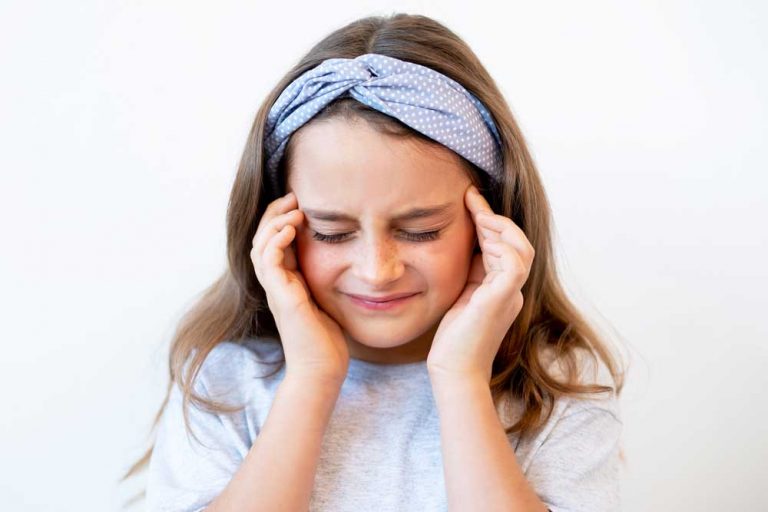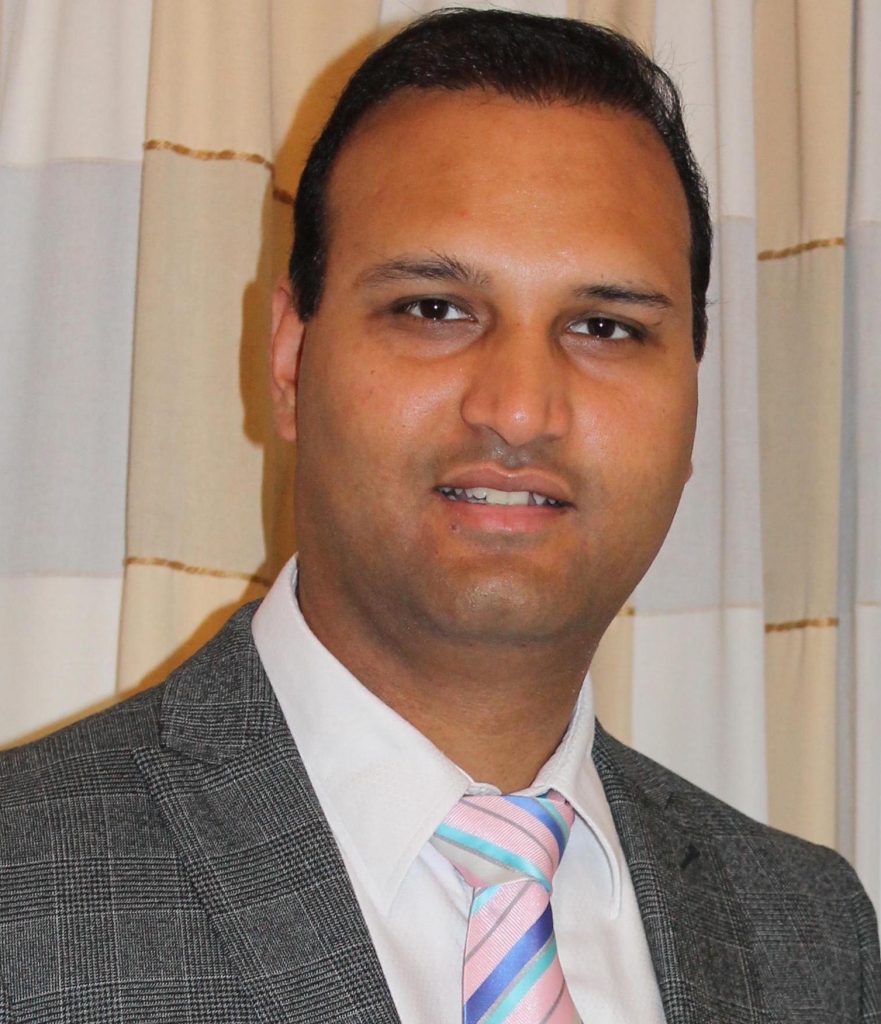Childhood headache: Causes and remedies
Headaches are one of the most common types of pain in children. The prevalence of headache ranges from 20% in children younger than 5 years, 37 to 51% in seven-year-old children, gradually increasing to 57–82% by 15 years of age. Headache may result in significant disability, including missed school days and extra-curricular activities, suboptimal participation in regular activities, and loss of productivity.
Written By
Dr. Aman PS Sohal
Published on
August 31, 2021

Author
What do we know about Childhood Headaches?
What are the different causes of Headaches in Children?
What is a Migraine?
Why does my child have Migraine?
How can I treat Migraine?
What is a Tension Headache?
What is a Cluster Headache?
What is a Chronic Daily Headache?
In summary, what should I know about headaches in children?

Author
Dr. Aman PS Sohal
Dr. Aman PS Sohal, FRCPH(UK), CCT(UK), Founder & Clinical Director of Neuropedia Children's Neuroscience Centre, Dubai, is the UK trained Consultant pediatric Neurologist with dual training in Pediatric Neurology and Neurophysiology. He moved to UAE in 2015 after working at Birmingham Children's Hospital UK for a few years. He is the Founder and Clinical Director of Neuropedia Children's Neuroscience Center, Dubai where he is currently based in.
Dr. Aman PS Sohal, FRCPH(UK), CCT(UK), Founder & Clinical Director of Neuropedia Children's Neuroscience Centre, Dubai, is the UK trained Consultant pediatric Neurologist with dual training in Pediatric Neurology and Neurophysiology. He moved to UAE in 2015 after working at Birmingham Children's Hospital UK for a few years. He is the Founder and Clinical Director of Neuropedia Children's Neuroscience Center, Dubai where he is currently based in.
What do we know about Childhood Headaches?
Headaches are one of the most common types of pain in children. The prevalence of headache ranges from 20% in children younger than 5 years, 37 to 51% in seven-year-old children, gradually increasing to 57–82% by 15 years of age. Headache may result in significant disability, including missed school days and extra-curricular activities, suboptimal participation in regular activities, and loss of productivity.
What are the different causes of Headaches in Children?
There are various types of childhood headaches but the common ones which are encountered in the Pediatric Neurology Clinic are discussed below.
What is a Migraine?
Migraine headache is defined as multiple attacks, at least 4-5, of intense unilateral (usually one-sided) headaches with a throbbing sensation. These headaches, especially in younger patients, can be accompanied by nausea, vomiting, insensitivity to bright lights and sound lasting from 1-72 hours. Children may have associated “Aura” which includes visual symptoms e.g., seeing zig-zag lines and patterns, rainbow colors, blurred vision, smell, or speech changes. Younger patients may also have periodic variants such as abdominal migraines (associated with tummy pains), cyclical vomiting, vertigo, and dizziness.
Why does my child have Migraine?
Migraines seem to be due to a combination of genetic susceptibility (60%–70%) and environmental factors. Therefore, a family history of migraine is important for your doctor. There are also a couple of theories: the vasogenic theory and the neurovascular theory, with the latter being more scientific.
How can I treat Migraine?
It is very important that the parents seek advice from a doctor experienced in managing headache in children who will carry out a proper history taking and simple bedside tests, which include fundoscopy (checking the back of the eyes) before making a diagnosis of Migraine. Neuroimaging e.g., CT or MRI Brain is not needed once a convincing history and normal neurological examination is established.
The author recommends a 2-prong approach to manage migraine which includes lifestyle modification and medical management. Recognition of certain trigger factors causing migraine and learning to avoid these triggers (e.g., caffeine-containing food products) is key. Apart from this, adequate hydration, a regular sleep schedule, stress management, and regular exercise are very helpful remedies.
These lifestyle changes are underrated but are extremely effective and enough to stop the attacks at times. A headache diary is extremely important to establish the frequency, intensity, etc. of the migraine before starting medications.
Once an attack starts, the sooner the abortive medication is given, the more effective it will be to decrease the intensity of the attack. If a child is having to use abortive medications regularly or has two or more migraine attacks per week, then prophylactic medication is recommended. These medications are taken on a daily basis for a few months, following which your doctor will slowly taper them off before completely stopping them.
What is a Tension Headache?
Tension headaches can occur in up to 15% of young people and are usually less painful than migraines. These headaches have a 'band-like' quality, are shorter in duration, bilateral, and usually occur in the temples. They are typically worse in the afternoon or evening with a muscular component, especially in the neck and upper back.
The treatment of tension headaches is usually conservative with an aim to decrease the stress-related event giving rise to headaches. The author usually treats these with simple over-the-counter medications like paracetamol and Ibuprofen with advice not to overuse these medications to avoid 'medication overuse headaches'.
What is a Cluster Headache?
Cluster headaches are rare in children but are quite distinctive. Children with cluster headaches have multiple severe headaches over a period of several weeks or months, followed by relatively long headache-free intervals. The pain is usually unilateral, frontal, and watering of the eye on the side of the headache is common. The pain is so severe that children cannot lie still, bang their head with their fists, or rock back and forth. The attack must be recognized early and treated.
What is a Chronic Daily Headache?
The term chronic daily headache does not define any particular type of headache, but children usually complain of a 'dull ache' to high-intensity pain on a daily basis. The cause may include overuse of analgesic medications, depression, poorly treated migraines, or tension headaches. More often than not there are underlying psychological issues that may aggravate the headaches.
In the author’s opinion, these are by far the most difficult group to manage, therefore a multi-disciplinary approach is important in the management. It is important to discontinue the overuse of analgesics and stick to various lifestyle modifications mentioned above. Various medications have been used with beneficial effects.
It is important to involve a Child Psychologist to unpick any underlying psychological factors causing aggravation. They would suggest various relaxation techniques which increase both physical and psychological well-being to counteract pain states. They may also carry out Cognitive Behavior Therapy helping to gain a sense of control over pain, reducing fear of pain, enhancing function, increasing feelings of hopefulness and resourcefulness, and improving mood.
In summary, what should I know about headaches in children?
Headaches in children are under-diagnosed entities which need careful monitoring and treatment to avoid long-term morbidity and improve the child’s psycho-social well-being. A multi-disciplinary approach including Pediatric Neurologist, Pediatrician, and Child Psychologist should be undertaken wherever possible.
